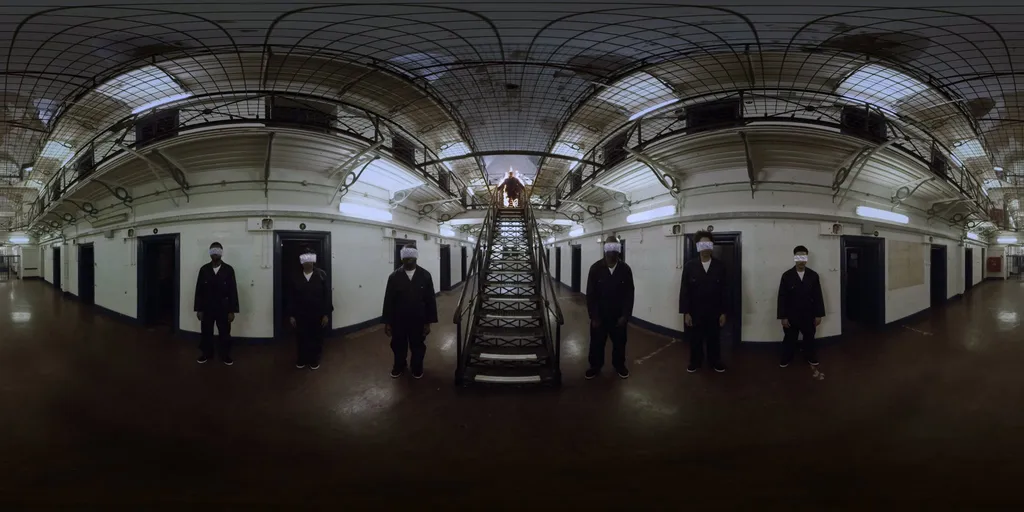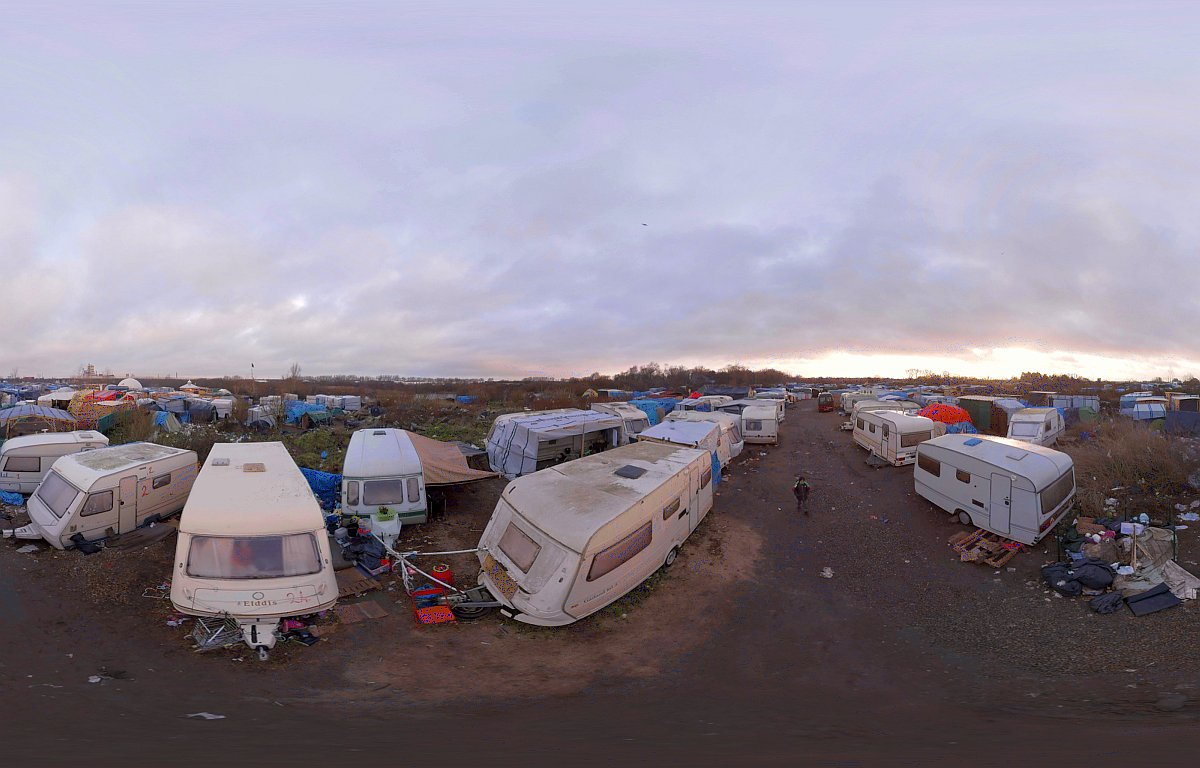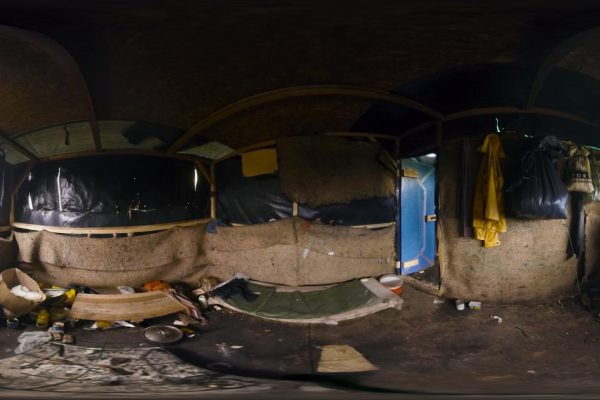If you somehow haven’t heard, the UK made a historic decision last week. After an exhaustive referendum campaign, the country marginally voted to end its long-term membership of the European Union. A fierce battle for hearts and minds had consumed the country in the weeks and months leading up to the vote, and the Leave camp had some very strong messages it wanted to get across. One of those was regaining tighter control of the UK’s borders, and having more rule over immigration as a result.
Immigration has been a controversial and oft-discussed topic in this country for a long time now, especially with the rise of Nigel Farage’s UK Independence Party. It’s a subject that encompasses many areas; not just the Europeans that choose to move to and live in the UK, but also people from countries across the world, and the method in which they arrive here. If you live here, then you’ll be well aware of the ongoing humanitarian crisis involving migrants from countries like Syria fleeing to the UK, causing a number of different strains.
It’s also an issue at the heart of a lot of VR storyteller’s minds right now.
The crisis took front and centre stage at Sheffield Doc/Fest’s Virtual Reality Arcade this year. While some experiences sent me to space, back in time and off to Mars, three other VR films took me on a powerful journey to bring me closer to these issues than I had ever been before.
One of the major sources of contention is the Calais ‘Jungle’ near the French coast, a miserable complex of makeshift tents and muddy walkways where migrants hope to cross the Channel and make it into the UK. We’ve seen countless news reports showcasing scenes of people living in utterly unacceptable conditions; freezing weather, lack of amenities and closely resembling a dumpsite. But, for the first time, the National Theatre transports you there with what looks to be the first in a series of 360 degree shorts, Home: Aamir.
You won’t meet him, but you’ll hear from Aamir – renamed for the film – in this seven minute piece. The 22 year old is escaping the terrors in Sudan in North East Africa, having witnessed horrors too much to bear and leaving his family behind. His words accompany you as you explore the camp site, hopping from one bleak scene to the next. Director Johanna Nicholls pays close attention to really getting you stuck into the detail here; you can almost feel the icy wind as you sit in a tiny wooden shack, a pathetically meagre cover violently beating at the sides in the wind.
Home roots you in an experience that many of us simply want to forget when we turn off the TV. Perhaps more importantly, if also gives you a chance to make that tense, uncertain journey to the coast of England for yourself, shrouded in darkness and sworn to silence. It’s a terrifying showcase of a desperate scenario.
Moving out of the Jungle and back to the UK, Darren Emerson’s Invisible sheds light on a situation that many won’t have been aware of; migrant detention. The country’s laws allow authorities to hold immigrants in detention centres indefinitely as they’re either processed for deportation, or eventually let back out and forced to start over. It’s unlike anything else seen in the world and it can be the source of great pain for the humans unfortunate enough to experience it.
Invisible showcases this with first-hand accounts set to a disturbing and sobering recreation. Actions speak louder in words in this unforgettable insight, in which huge, heavy metal gates draw to a close with a harrowing sense of finality, and horrific events are showcased in shocking ways that allow you to climb inside the mental state that’s under attack as the days inside slip away.
It’s a great example of VR being used to raise awareness of critical issues, and the 360 nature of the piece helps to provide a connection between you and detainees. You sit in the sterile cells along with them, and live the utterly morbid atmosphere. When you get out, you feel that same sense of directionlessness that victims will have felt, and it leaves you angry. I can’t say many other VR experiences have done that to me.
Finally, we have We Wait, a piece from the BBC and Aardman Animations that you can try now if you have an Oculus Rift handy. Stepping way from 360 degree video, this is a fully VR experience that follows Syrian migrants making the dangerous journey away from their war-torn home by boat. It’s a crowded, claustrophobic, and wholly unpleasant piece in which you’re packed in with others like cattle.
What’s important here is the effort to humanise a family we see discuss their journey. We feel their desperation and hardship. When they’re spotted and bright lights are fixed upon them, we too feel like deer caught in headlights. You get a real sense of peril from the dark unknown that surrounds you, and feel the frustration of failing to get those you care about to safety.
What we have here is three excellent examples of how VR can be used to raise awareness and generate empathy. With the world facing so many threats and concerns right now, this is proof that VR can be used as an effective tool to help us understand and relate. With more and more creators being drawn to the tech, this is one side of the industry I can’t wait to see expand.
































